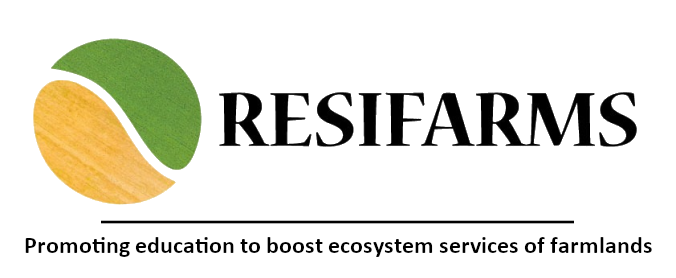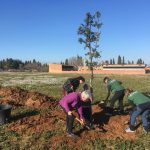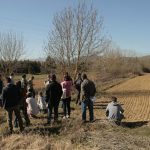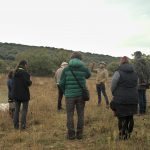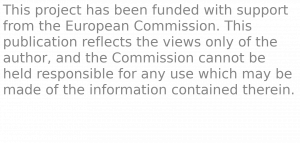Context:
Farmland occupies vast areas of land in Europe (40% of total land area of the EU-28) and farming practices strongly influence biodiversity conservation, ecosystem services, climate change mitigation, matter and energy flows and the quality of soil, air and water. Consequently, farming has a key function in reaching the EU 2020 biodiversity targets and other 2020 goals.
Great efforts have been put in optimizing the application of fertilizers and reducing the use of dangerous pesticides, but the conservation of non-productive agricultural lands in agricultural estates, despite being included in CAP’s greening as one of the new measures (Ecological Focus Areas, EFAs), continues to be avoided. In the application of these new measures, farmers and their assessors and trainers (agricultural technicians) all over the EU have clearly favored indirect, low-value conservation actions (96,5%), such as catch crops, nitrogen fixing crops and fallow lands over the most direct, high-value conservation actions (only 3,5%), such as conservation of field margins, forests or ponds, etc. Recent reports suggest that one of the reasons why direct conservation measures are being avoided is a lack of understanding and/or know-how about 1) the many benefits of non-productive agricultural lands conservation for farming and its productivity: pollination, pest control, water regulation, climate change mitigation, etc, and 2) the great importance of conserving these areas for nature, health and society. The current situation, combined with the lack of success of CAP’s greening, threatens to deepen in the loss of biodiversity and ecosystem services in the EU.
General objective:
The main objective of this project is to build the capacity of farmers and agricultural technicians (knowledge, practical tools and know-how) in the conservation of non-productive agricultural lands, in order to boost the implementation of the most direct and effective conservation actions.
Specific objectives:
– To elaborate a free, open, tailored, high-quality, practical and complementary tool to build up the skills and empower farmers and their assessors and trainers (agricultural and conservation technicians).
– To enhance the collaboration among farmers, agricultural and conservation technicians and other stakeholders to preserve non-productive agricultural lands and make farmlands more resilient in general terms.
Target participants:
The two main targets are farmers and agricultural technicians, but also nature conservationists, staff and volunteers from our organizations and collaborating organizations and local/regional authorities. The participants will get involved in the project in several ways (using the toolkit, online trainings, volunteering, attending conferences, etc).
© 2024 Resifarms
Theme by Anders Norén — Up ↑
